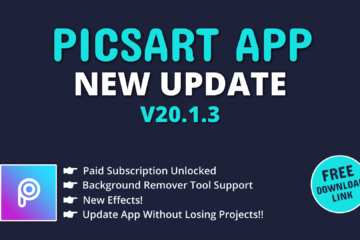What Is PLUS Student Loans? With the rising cost of education over the past few decades, reliance on traditional Stafford loans has often failed to cover even the majority of expenses. The PLUS (Parent Loans for Undergraduate Students) loan program was designed to close that gap.

Though the interest rate is higher than other loans, the cap on borrowing is much more flexible and the loans are not need-based.
PLUS Student Loans?
For the FFEL (Federal Family Education Loan) program, in which private lenders fund the loan, the interest rate is 8.5%. Through the Direct loan program the U.S. Dept. of Education funds the loan directly at 7.9%. The difference of 0.6% can be substantial over the lifetime of the average loan. In the first year alone, on a 10-year loan of $25,000 it amounts to approximately $2050 – $1920 = $130 in interest.
For an exact calculation, experiment with some sample scenarios by using a loan calculator such as this one.
Parent Loans for Undergraduate Students
With PLUS loans parents can borrow up to the total cost of education, minus any other financial aid amount the student is awarded. Though PLUS money is not cheap, it can make a difference when choosing which school to attend or whether to attend at all.
PLUS Require a Credit Check
However, since PLUS loans are not need-based, they do require a credit check. In this case, the student’s credit (with one exception discussed below) is not considered. The parents’ credit history is what matters, since they are the signers of the promissory note. They alone are responsible for repayment of the loan.
In those rare cases where the credit history of the parent(s) makes them ineligible, a co-signer can participate in the loan. A relative or other party can agree to guarantee repayment and take on the legal responsibility as a co-borrower. With the recent difficulties in the sub-prime borrowing arena, however, those cases are unfortunately less rare than they have been. That suggests that in borderline cases, the need for a co-signer is more likely.
Interest Rate For PLUS
Apart from changes in interest rates, another recent change to the program is to allow professional and graduate students to qualify for PLUS loans. The same interest rates and eligibility criteria apply. Like other students, they must be enrolled in an eligible institution and program at least half-time.
Conclusion
Unlike many Stafford loan programs, repayment of a PLUS loan begins right away, typically within 60 days after the loan funds are disbursed. Interest begins accumulating from the time the first disbursement is made. Both principal and interest are paid in regular monthly installments while the student is in school. Payments are made to the private lender in the case of FFEL (Federal Family Education Loan) loans and to a U.S. Dept of Education servicing center in the case of Direct loans.
Be sure to calculate carefully all the costs associated with obtaining a PLUS loan, and look on it as a loan of last resort. Even a home equity loan, for example, might well be less expensive since the interest is tax-deductible.



0 Comments